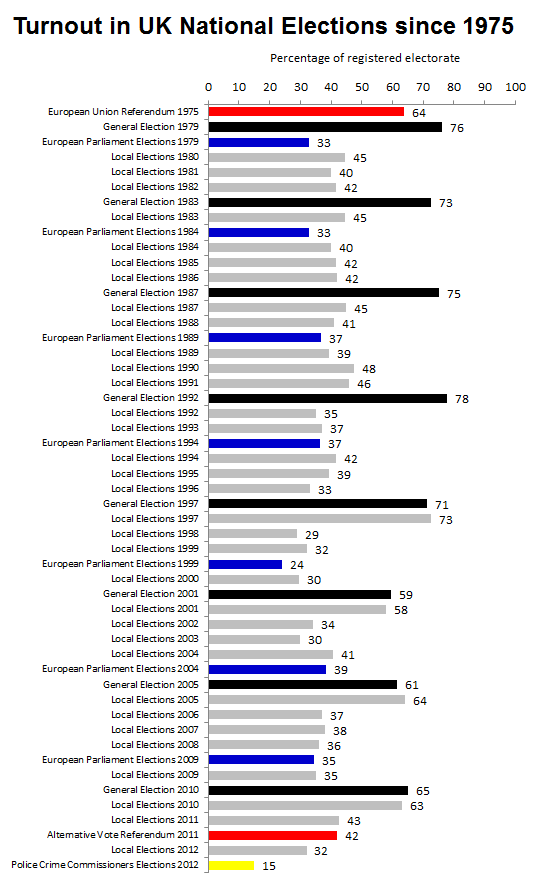Local elections: the who, what and why
This Thursday, on 2 May, people across the country will have the chance to go to the polls. But who are they voting for and why does it matter?
A local election might not be a glamorous affair (for the candidates it's more likely to be instant coffee in the school hall than spotlit interviews on national TV) but that doesn't mean that it isn't an important occasion.
For just some evidence of this, in the past month all the main political parties have been on the campaign trail. This is an opportunity for them to talk about their policies at a national level and to galvanise their local supporters.
Who is going to the polls?
Join 72,953 people who trust us to check the facts
Sign up to get weekly updates on politics, immigration, health and more.
Subscribe to weekly email newsletters from Full Fact for updates on politics, immigration, health and more. Our fact checks are free to read but not to produce, so you will also get occasional emails about fundraising and other ways you can help. You can unsubscribe at any time. For more information about how we use your data see our Privacy Policy.
Most people will be voting for councillors at England's 27 county councils. These county councils are part of a 'two tier' structure of local government: they preside over a lower tier of district, borough or city councils.
There are also elections at eight of England's 'single-tier' unitary authorities, which are responsible for all local services (unlike 'two tier' councils where the responsibilities are split).
A party must win a majority of seats in order to run a council. If there is an even split of seats, there is 'no overall control' (NOC). 26 of England's 27 county councils are Conservative-controlled. By contrast, most metropolitan boroughs (not the subject of Thursday's elections) are dominated by Labour councillors.
Two local authorities (Doncaster and North Tyneside) will be choosing directly-elected mayors. And while there are no council elections in Scotland or Northern Ireland, there is one rescheduled local election in Wales (the Isle of Anglesey).
Who are we voting for?
Most of the seats that will be contested on Thursday were previously up for election in 2009, as local councillors are usually elected for four year terms.
On the basis of the 2009 results for England and Wales, the House of Commons Library has estimated that the national share of the vote equated to 35% Conservative, 22% Labour and 25% Liberal Democrat.
Source: House of Commons Library
However, in 2012's local authority elections Labour capitalised on the Coalition's unpopularity to increase their number of councillors, gaining 823 seats overall. Thursday's elections will be the first time that people are able to choose their county councillors since the Conservatives and the Lib Dems arrived in office.
This doesn't necessarily mean that a large number of people will choose to vote. Outside of general election years, local elections tend to see between 30 and 40% of the registered electorate turning up to the polling stations - a trend that we've examined previously.

What are they voting for?
Or, to rephrase, what exactly do county councillors do anyway?
County councils are responsible for spending in big areas like education, transport and social care. Meanwhile, at the lower tier, district councils deal with rubbish collection, recycling and planning applications.
According to the Department for Communities and Local Government, the local government finance system in England is "one of the most centralised in the world". Most of local authorities' funds will come from a block central grant, and councils can also raise revenue from Council Tax and other local services.
The Government says that from 2013 the new Local Services Support Grant will mean that councils are able to prioritise public spending as they see fit, and only the budgets for education and public health will be protected or 'ringfenced'.